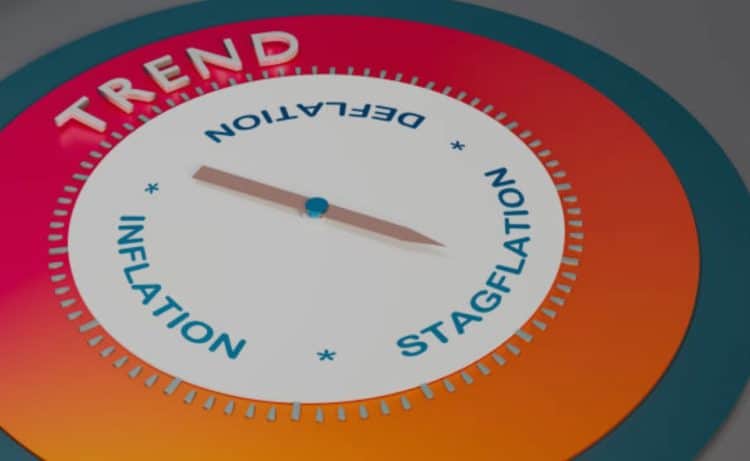Eleven high-yield (HY) corporates in Asia Pacific rated from ‘B-’ to ‘BB+’ could face elevated refinancing risks under a stagflation scenario, said Fitch Ratings recently.
According to the credit rating agency, these corporates are from its portfolio of 74 and do not include Chinese homebuilders.
The analysis was based on an adverse scenario involving average oil prices of US$150/barrel in 2022 and US$130/bbl (a barrel of crude oil) in 2023, against the company’s current forecast of US$100/bbl and US$80/bbl respectively, Fitch noted.
It also envisions higher global inflation and interest rates and weaker growth in key developed markets such as the US and EU, Fitch pointed out.
The company said it examined the impact of the stagflation scenario on HY corporates, as well as their debt-refinancing burden in 2022-2023.
Cross-border maturities for the 74 HY corporates over 2022-2023, at around US$4 billion a year, are approximately 50% lower than in 2020-2021, easing the overall refinancing burden. However, maturities rise to US$8 billion in 2024.
Analysis highlights
- Only four of the 74 HY corporates were assessed to face ‘High’ refinancing risks under the scenario.
- Three of these had both ‘High’ exposure to stagflation and ‘High’ debt refinancing burdens.
- A further seven companies were in the next most vulnerable tier, either due to ‘High’ debt-refinancing burdens or ‘High’ vulnerability to stagflation. In contrast, 39 corporates were assessed to have ‘Moderate’ and 24 ‘Low’ overall risk.
- Homebuilders will generally find it difficult to pass higher costs onto clients quickly.
- Indonesian and Vietnamese homebuilders account for four of the seven companies with ‘High’ exposure to stagflation, due to rising raw-material costs.
- Indonesian companies also face greater forex risks than their Vietnamese counterparts, in our view.
- Higher commodity input costs would also pressure auto companies’ operating margins, while supply-chain bottlenecks would likely weigh on their revenue.




